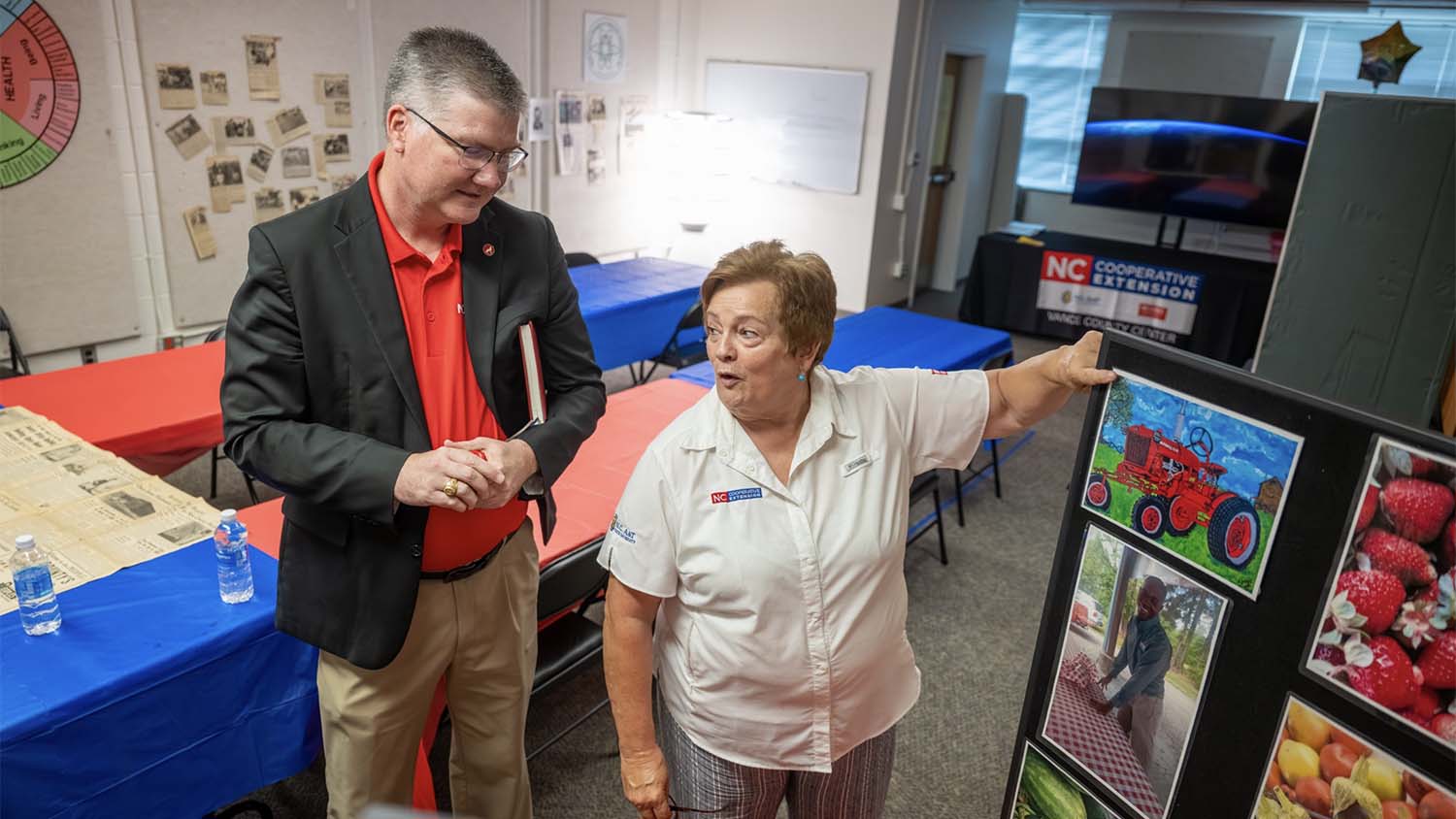Online Dashboards Illustrate Local Foods Spending Data

Where are North Carolinians buying local foods? How much are they spending on local food per month? Which county spends the most buying local foods? These questions and more are being answered, thanks to the NC 10% Campaign and RTI International.
The two organizations recently teamed up to develop a series of dashboards to help local farmers, consumers, businesses and leaders make informed decisions about buying and selling local foods.
The NC 10% Campaign encourages businesses and individuals to commit 10 percent of their existing food budget to locally raised, caught and produced foods. It is a collaborative statewide initiative led by the Center for Environmental Farming Systems (CEFS) with North Carolina Cooperative Extension.
CEFS is a partnership of NC State University, N.C. A&T State University and the N.C. Department of Agriculture and Consumer Services, while RTI is an independent, nonprofit research institute.
“Analyzing the NC 10% Campaign’s data from 8,000 members, we found that on average members spend $30 dollars per month on local foods, and most are buying from farmers’ markets,” said Peter Baumgartner, data scientist in RTI’s Center for Data Science, who helped develop the dashboards. “We also found that members from Wake County reported spending the most on local foods: About $700,000 was spent between 2010 and 2015.”
“Being able to visualize the data by county, aggregates of counties, or Cooperative Extension districts and to overlay that over time makes the data more accessible and helps us understand how to support local food efforts across the state,” said Robyn Stout, statewide coordinator of the NC 10% Campaign. There were over 580,000 lines of data to analyze.
The information from the dashboards can be used to help:
- Farmers determine where to sell their produce by understanding which sources – farmers’ markets, roadside stands or grocery stores – are most popular in their county.
- Consumers compare their spending to the county average.
- Inform planners, educators, and local government officials on the characteristics of local food purchasing in their region.
A leader in collecting, analyzing and leveraging data, RTI looked at five years’ worth of data on local food spending in North Carolina that was self-reported by the NC 10% Campaign’s nearly 8,000 members, who chose to report weekly on their local foods spending.
The interactive dashboards, available on the NC 10% Campaign website, allow visitors to search for data from individual counties, as well as view statewide totals.
— J.J. Richardson


